His journey from farm boy to gear innovator and global warrior
By Sean Curtis
If you’ve been hiding in a cave (perhaps even a spider hole) over the last couple of decades, you might not have heard of Kyle Lamb. To the initiated, the retired Army sergeant major is a shining example of someone who learned a lot while serving in Special Forces and then ported that experience into a successful business.
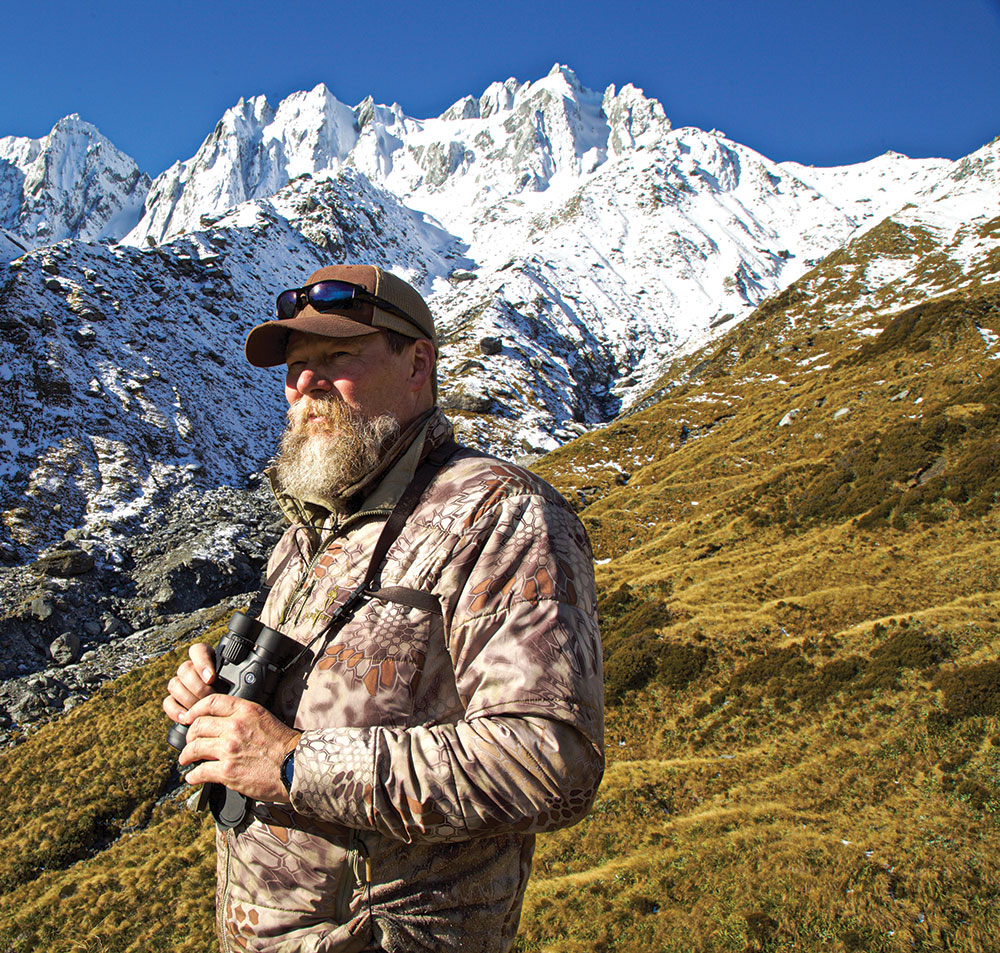
Many people know about the firearms training Lamb offers through his company, Viking Tactics (VTAC), but the organization is also well-known for quality gear, such as the VTAC Sling. There have been numerous other products that resulted from collaborations between VTAC and other companies as well.
American Outdoor Guide sat down with Lamb to learn how he applied his experience into developing the quality goods associated with his brand.
Humble Beginnings
While it might be tempting to sift through lessons learned by Kyle Lamb at the Battle of Mogadishu, that would be starting the story from the middle. The real heart of Lamb’s creativity comes from growing up on a farm in South Dakota.
As a young man, Lamb loved the outdoors. He remarked that he spent most of his time enjoying outdoor activities. He said he always wanted to be out hunting deer, rabbits or even squirrels. In the winter, when it got dark earlier in the day, Lamb (who’s now an author himself) would read Louis L’Amour books with his father. He said both his parents were always supportive of him doing nearly anything that involved guns, knives, horses or the outdoors in general.
“From an early age, Lamb learned the value of solving his own problems with creative solutions and then testing and evolving those approaches to make them even better.”
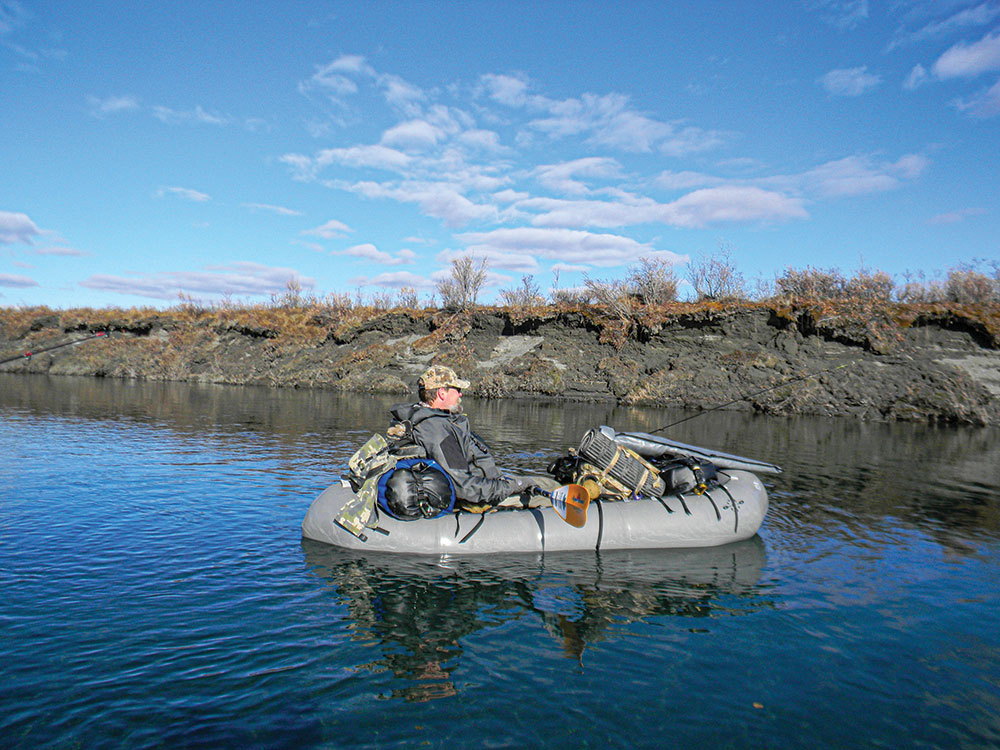
Regarding knives specifically, Lamb said his father taught him how to make them at a young age. He realized that nearly any piece of scrap iron laying around could be converted into at least a crude knife. He learned how to create blades with hand tools, and although they were never tempered or quenched, they were serviceable cutting instruments. His father then showed him how to create wooden handles for his knives and affix them with rivets. He said his family also worked with leather a lot, so rivets were a well-known commodity.
Much of Lamb’s perspective was passed on from his father, who was born just after the turn of the 20th century. The man had witnessed the advent of cars and television and had lived through the Great Depression. Lamb explained that his family never took things to someone else to be fixed, because his dad fixed them. This determined self-reliance was normalized for Lamb at an early age.
Lamb said he experienced extreme cold but thought of this as normal, based on his upbringing. Even so, he added that he never experienced hunger. This was one of the main benefits of growing up on a farm.
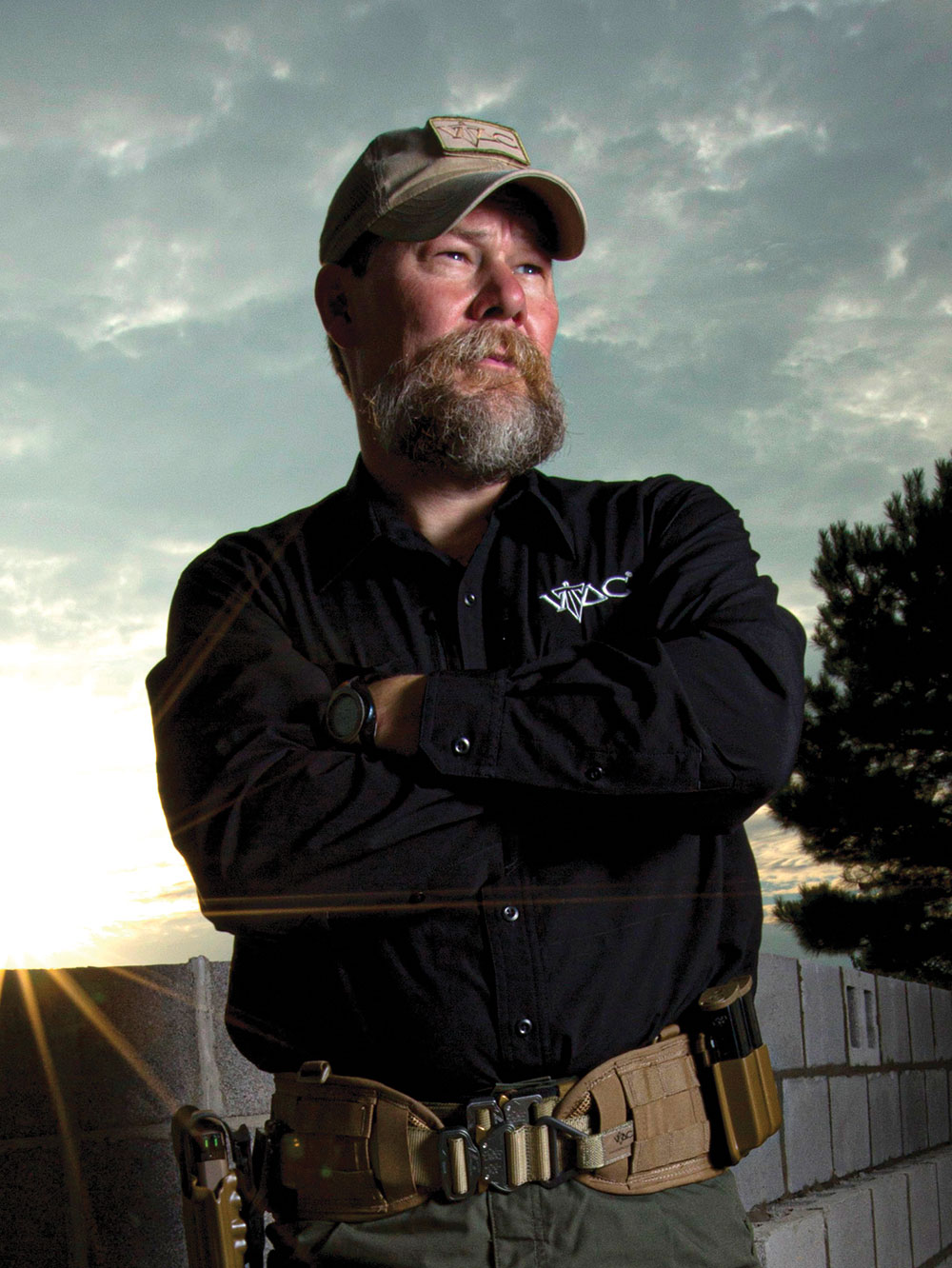
Beef was always available because they raised cattle. His mother made homemade bread and fed them vegetables from their garden. The family drank unpasteurized cow’s milk, and they used the associated cream as a spread for bread or to make ice cream. Lamb remarked how his family members were not preppers or survivalists; rather, they were farmers and lived off the land (as farmers do).
The problem-solving mindset that Lamb developed in his early years would prove instrumental as he developed products later in life. But, even at a young age, he demonstrated a capacity to create or adapt things to better suit his needs.
Adapt and Overcome
Beginning with trips to the local military surplus store, Lamb would go in and see amazing gear that he’d take home and use. After some time with it, he would customize it to better fit his requirements.
For instance, Lamb fondly recalled a .22 rifle he used as a youth. He said the rifle had a tubular magazine. During shootouts with gophers or blackbirds, he wondered how he could reload more quickly when his magazine ran dry. Well, an Army-Navy surplus store provided the basis for an answer: a leather tube likely made for a surveying scope or something similar.
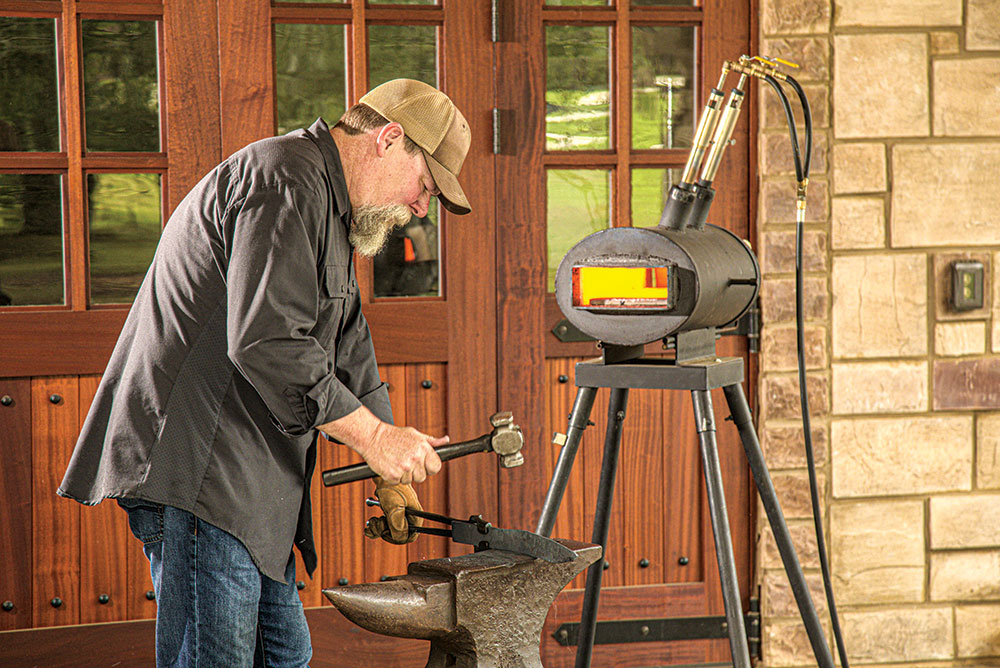
Lamb brought the leather carrier home and then found some copper tubing his father had. With some tools, he crimped one end, filled the tubes with .22 rounds and then used plastic covers to cap the other end. All the copper tubes filled with .22 ammo were then loaded into the leather case, and Lamb began carrying the lot, ready for the next engagement. The idea was simple: He’d carry the case like a quiver, and when the rifle ran dry, he’d pull a tube of ammo, remove the top and refill his magazine from the copper tubing inorder to quickly get back into the fight.
Although Lamb was just a young man, he learned about research-and-development through trial and error. Soon, he realized he needed better plastic plugs to keep the caps from coming off. Additionally, he figured out he needed to crimp the bottoms in such a way as to prevent the first round from getting stuck at the bottom of the copper tubing. Thus, Lamb’s upbringing inherently taught him about the two categories of invention—brand-new products and improvements to existing products.
Lamb remarked that he still has the first plastic-stocked BB gun that he was given as a boy. This is noteworthy, because he demonstrated the ability to modify things at a very early age. Here’s another example: Using the waistband from a pair of his mother’s pantyhose, Lamb said he created the very first version of what would ultimately become the Viking Tactics Sling. All this began somewhere around the tender age of 5 or 6. He obviously held function over form from the very beginning!
The (Not So) Secret to Success
Lamb said he attributes much of the success Viking Tactics has enjoyed to his and his wife’s upbringing and what he calls a “Midwestern work ethic.” He’d heard that term before but didn’t really know what it meant at the time. Now, having traveled a great deal, he has some perspective about what that work ethic means.
Even so, he unequivocally made one thing clear: that the success of Viking Tactics has stemmed from his wife Melynda, her work ethic and her ability to manage what they do.
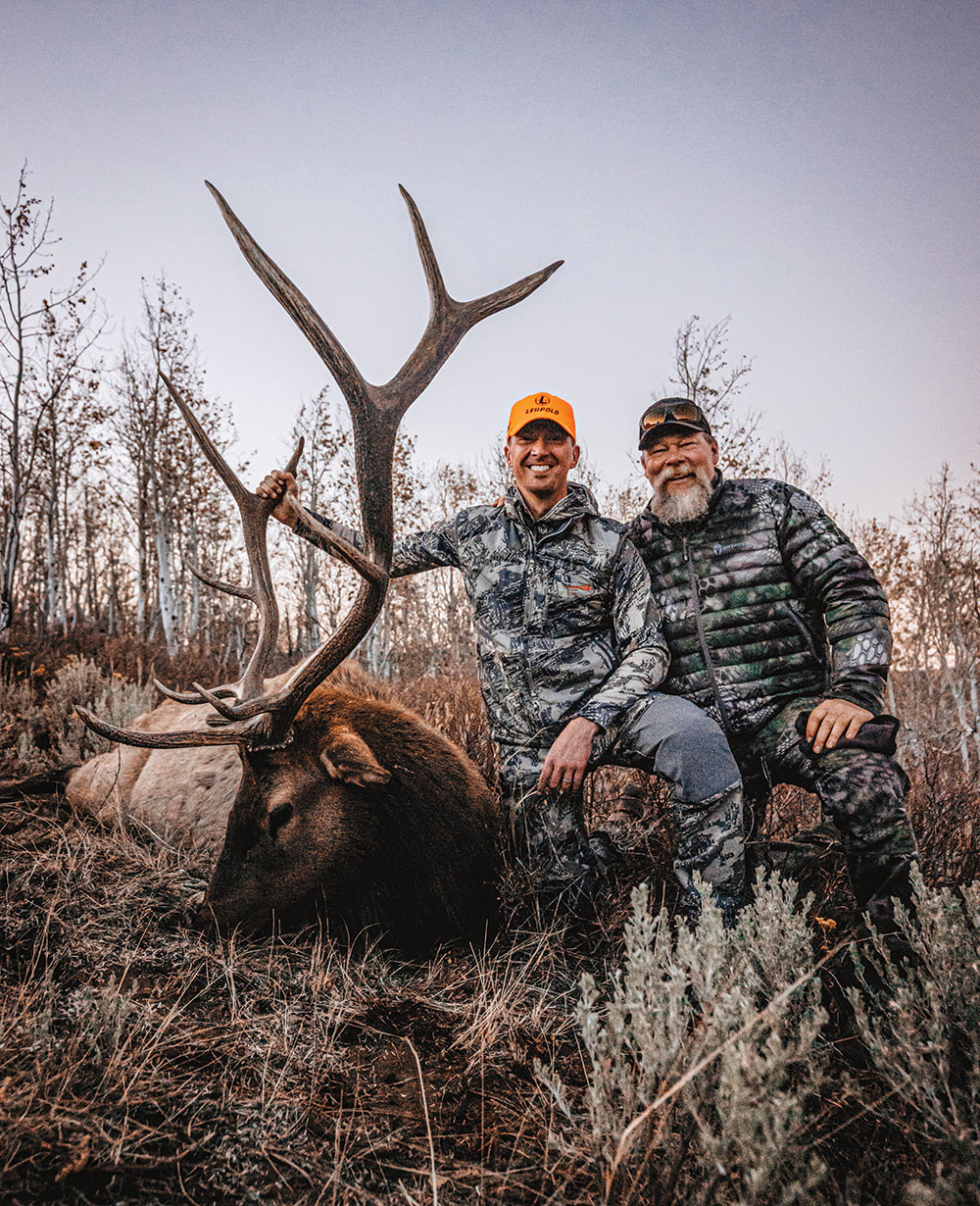
Lamb recognized that creating a new product is a lot of fun but noted that if you can’t sell that product, it doesn’t matter how “cool” it is: The gear has to be put out there, online, for sale and made available through dealers and distributors.
Lamb said, “Our success is because of Melynda—not because of me being ‘the good idea fairy.’”
First Product Success
Asked about the first product Lamb created and sold, he said the Mk1 VTAC Sling was the original, nonpadded, 1-inch-wide sling. He began selling those when he was still in the military. At that time, he had friends in a company called Paraclete, and he worked with them to make the first 200 slings. However, they only asked him to buy 100. He said he sewed up the first prototype and took it to the company to mass produce. The first 100 slings took about a year to sell, but the sell rate started speeding up after that.
“ … [Lamb] unequivocally made one thing clear: that the success of Viking Tactics has stemmed from his wife Melynda, her work ethic and her ability to manage what they do.”
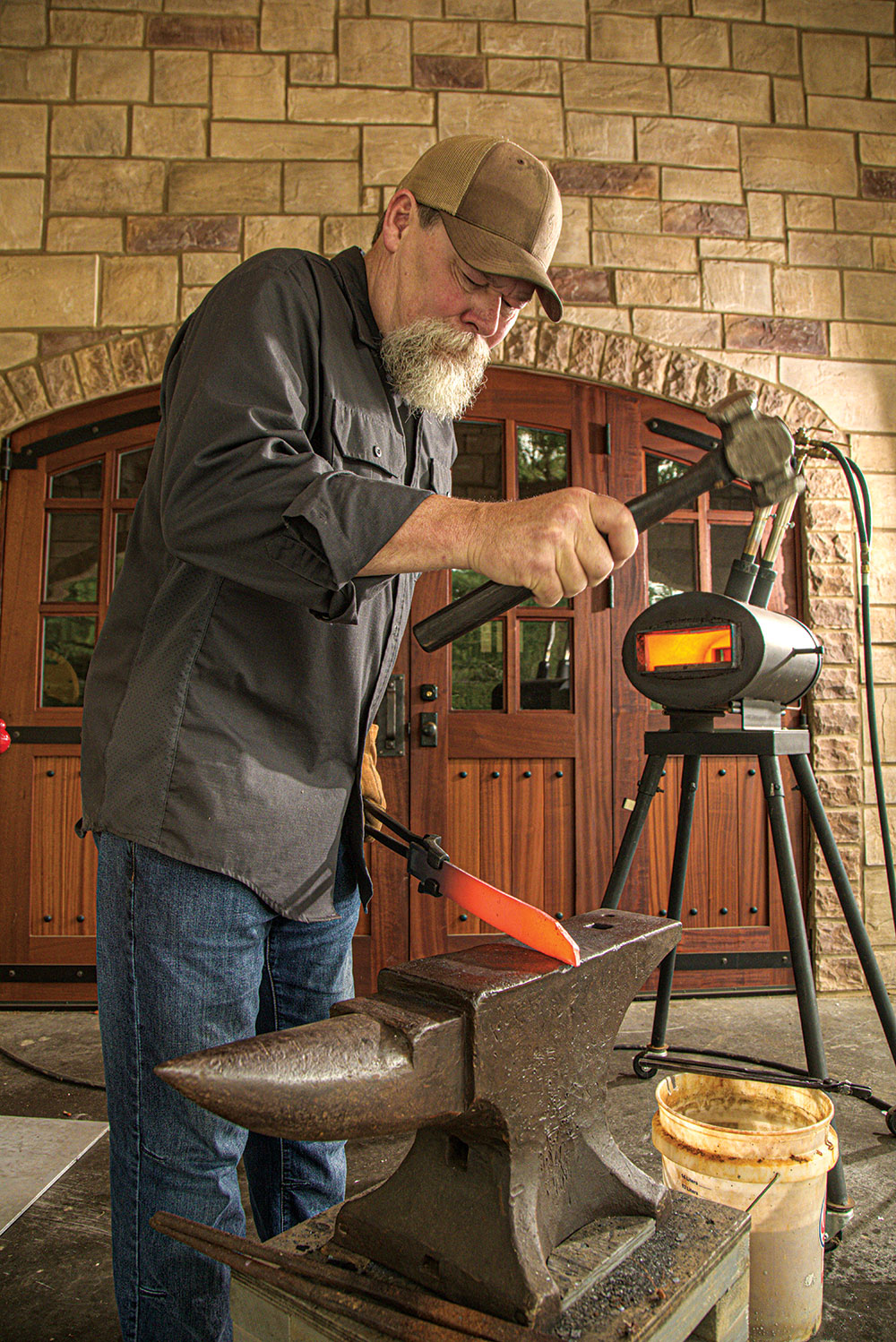
Interestingly, when asked what product he was most proud of, Lamb considered briefly and said the VTAC Sling. Nevertheless, he added that he wasn’t the only guy who had input on its ultimate design. Other guys from his unit contributed suggestions, and he implemented their ideas. He explained that there was a process via which he would ask, “What if we did this” or “What if we did that?” And that was part of the procedure that contributed to the evolution of the VTAC Sling.
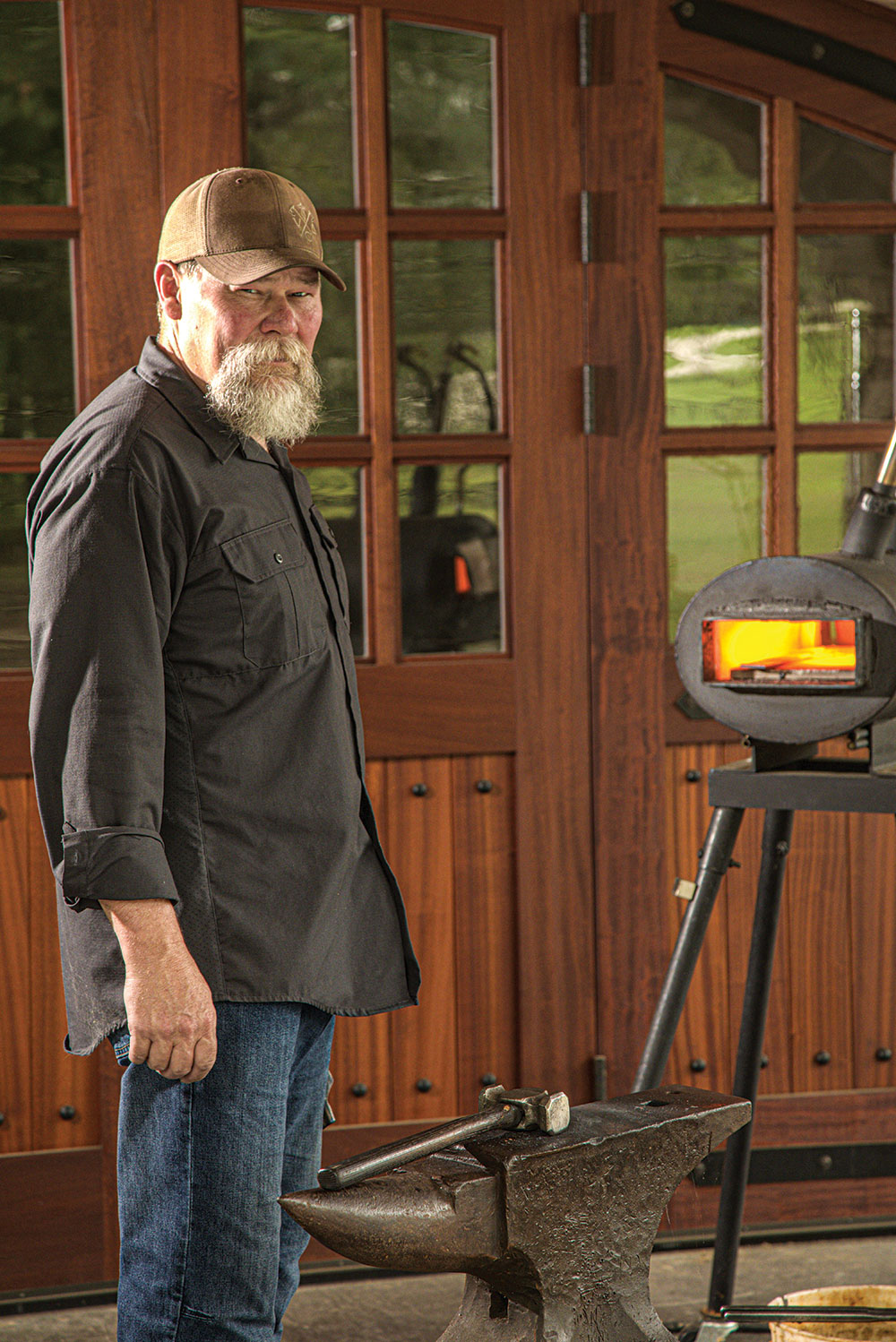
He loves getting letters about how his slings survived multiple tours in Afghanistan and Iraq, but he laughingly lamented not making consumable products such as Black Rifle Coffee that people drink and need to replace more often than his slings.
Shoppers can find products on the VTAC website in a wide range of categories—assault gear, belts, breaching tools, knives, lights and mounts, pistol and rifle accessories, and even beard balms, beard oils and … coffee.
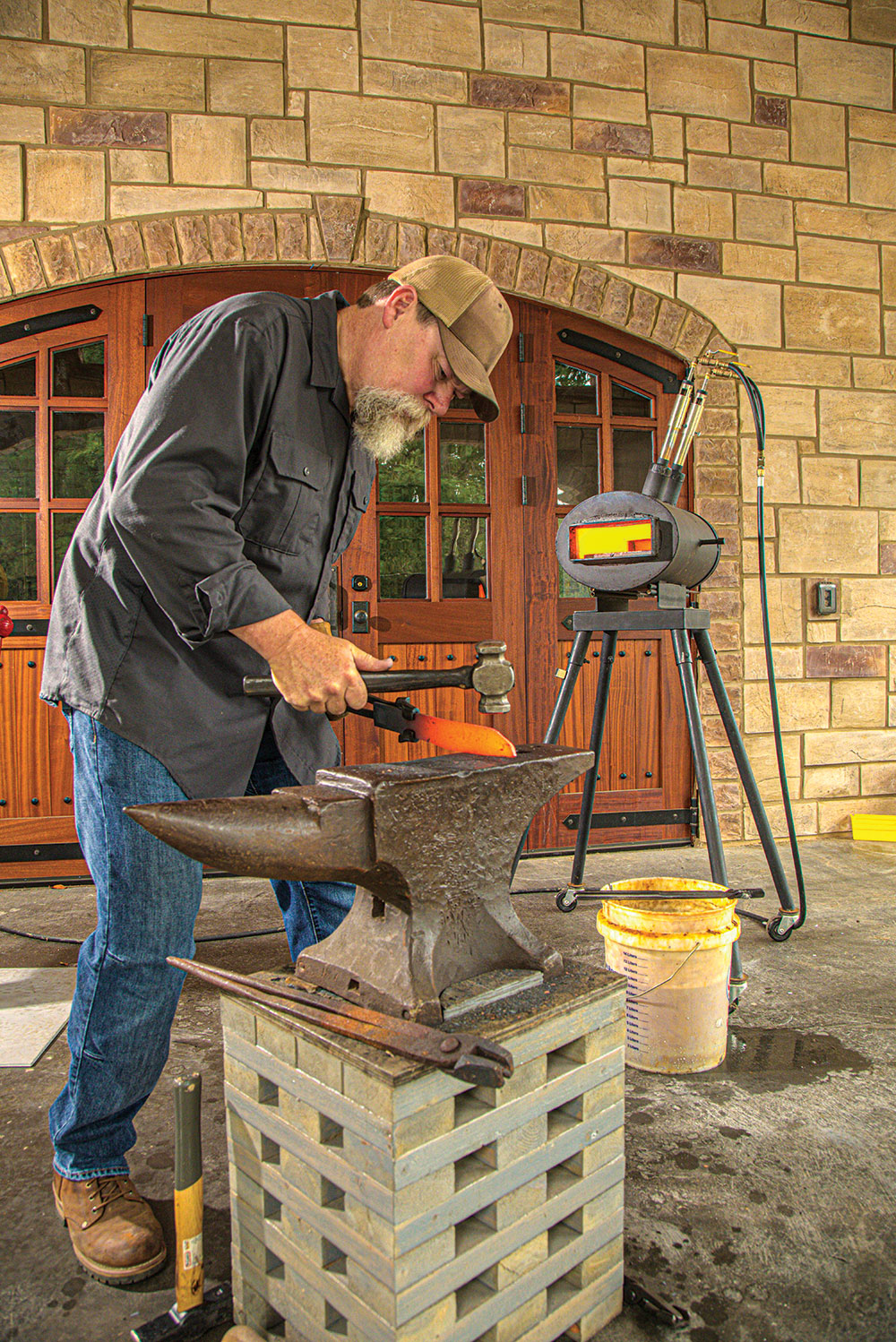
Lamb also teaches seminars on leadership and has authored several books. There’s an audible tone in his voice that’s the opposite of the one in the back of your head that says, “You can’t do that; it’s too hard.” (If only his attitude, too, could be bottled and sold … .)
Collaborations
Lamb and VTAC have been working with a lot of large companies such as Leupold and SIG Sauer over the years to bring quality products to the tactical realm—and beyond. One of the most recent collaborations Lamb worked on was with TOPS Knives. Three outstanding, fixed-blade knives were created out of this project: The Norseman, the Crusader and the Patriot all combined years of Lamb’s knife-wielding knowledge and experience with the proven quality of TOPS products.
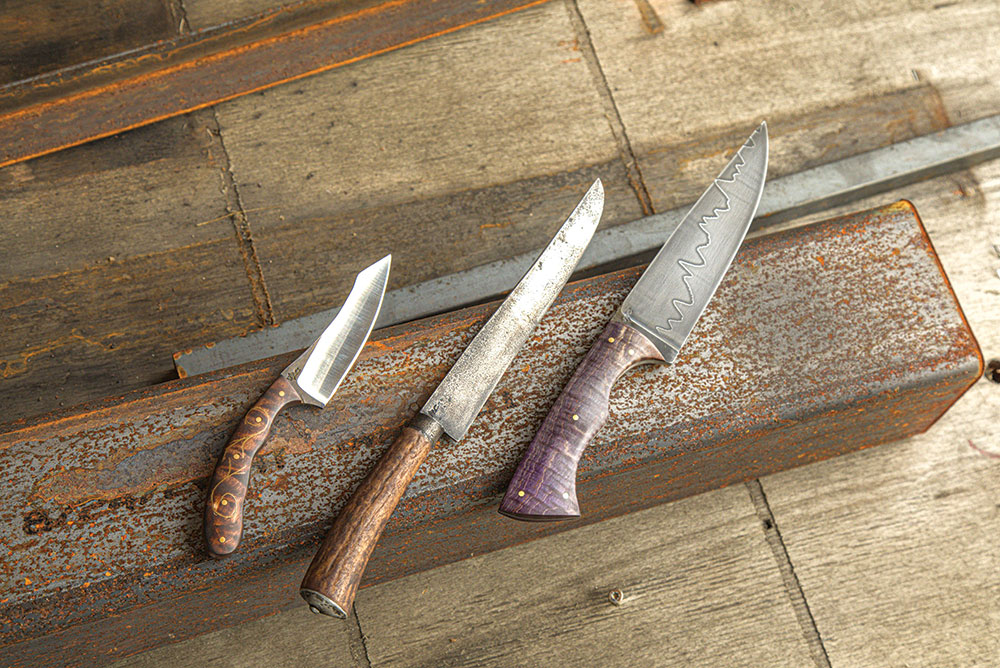
You might remember my review of the Norseman and the Crusader in the October 2020 issue of this magazine (under its previous title, American Survival Guide. It can also be found on the AmericanOutdoor.Guide website). I received a copy of the Patriot later, and I’m happy to add that it’s a smaller, but equally exciting, knife. It incorporates many of the characteristics of its larger kin in what can be described as a curved butcher configuration with the blade measuring 3 inches and an overall length of 6.75 inches.
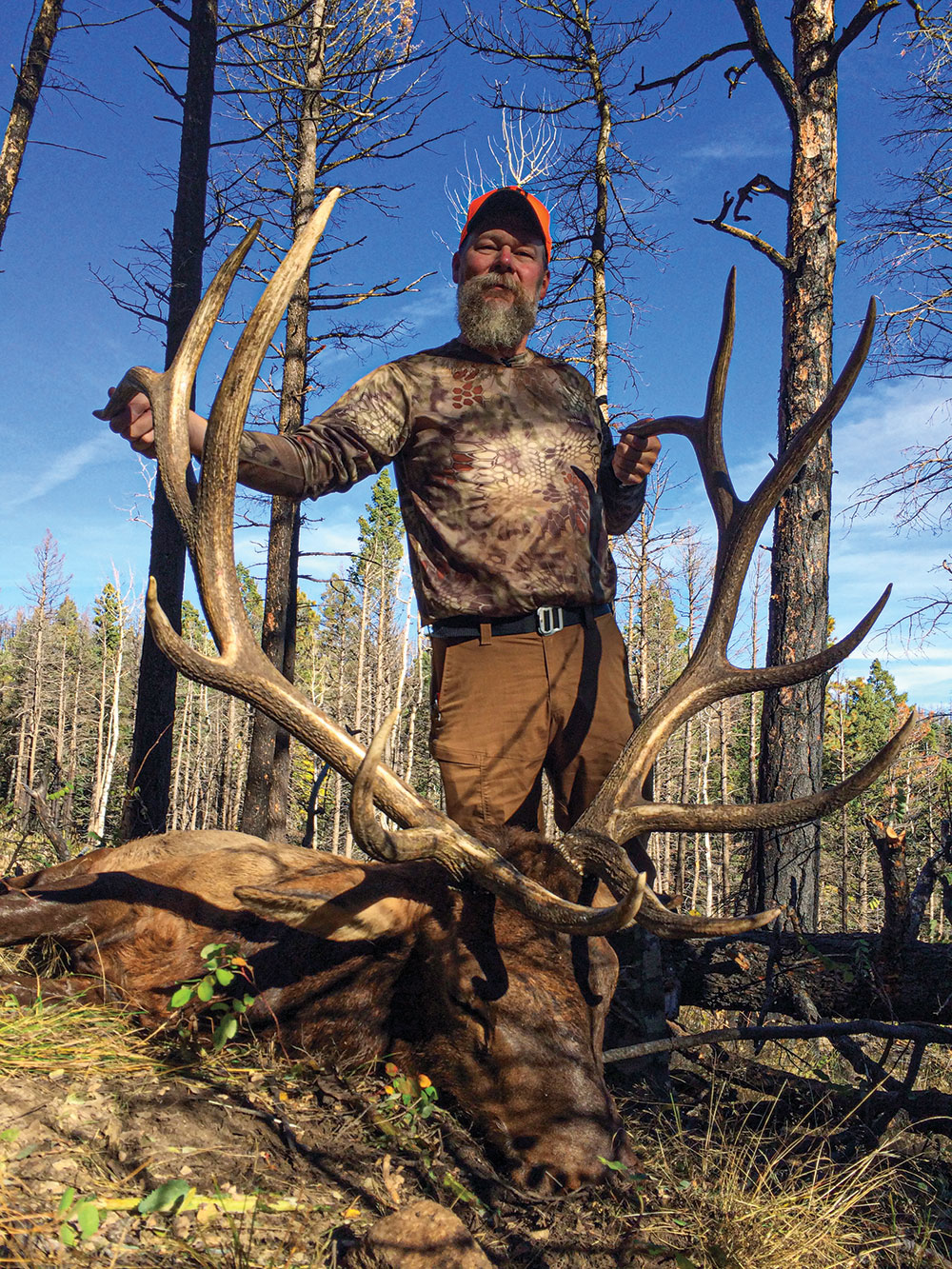
Always evolving, Lamb mentioned a related product he has in development with Hogue Knives. He described it as a folding version of the Patriot and said it will feature Hogue’s beefy ABLE lock.
Lamb said he’s consulted with Leupold, helping the company with some projects. He added that it was amazing to work with Leupold and pointed out that it produces American-made optics that are machined out of a solid piece of aluminum and are as tough as a bomber sight.
Lamb said he’s enjoyed working with Leupold, as well as SIG Sauer (on the firearms side).
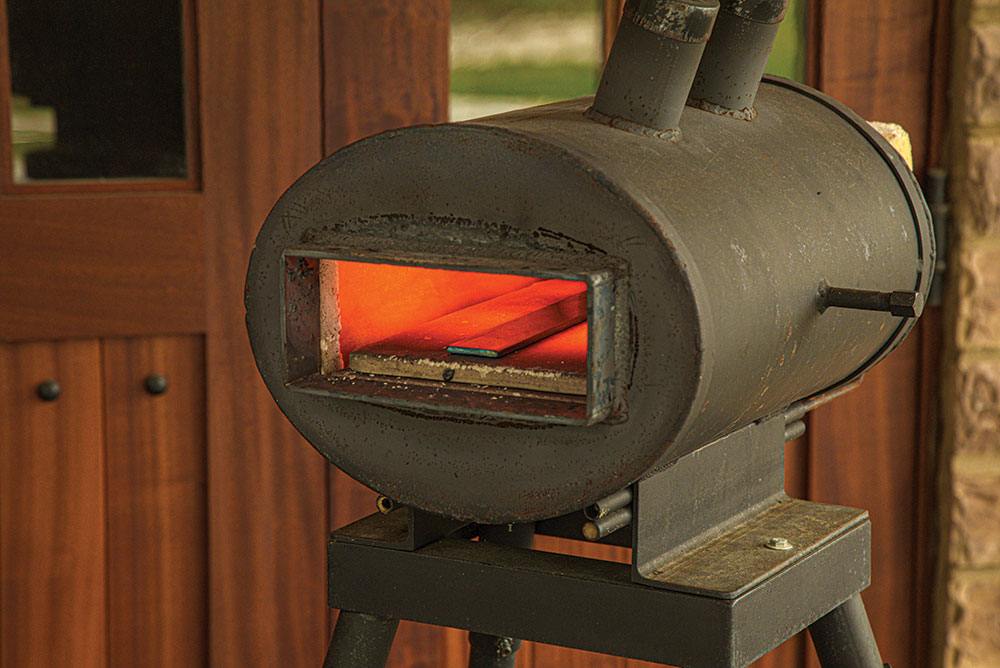
“We’ve been lucky to have partnered with really good companies. We’ve been part of that and have been able to help in the evolution of some of their product lines. Whether it’s been sitting with an engineer at Leupold and coming up with ideas about how we can make something better or getting to be the ‘testing gorilla’ who then uses and abuses the product for refinement details, it’s exciting.”
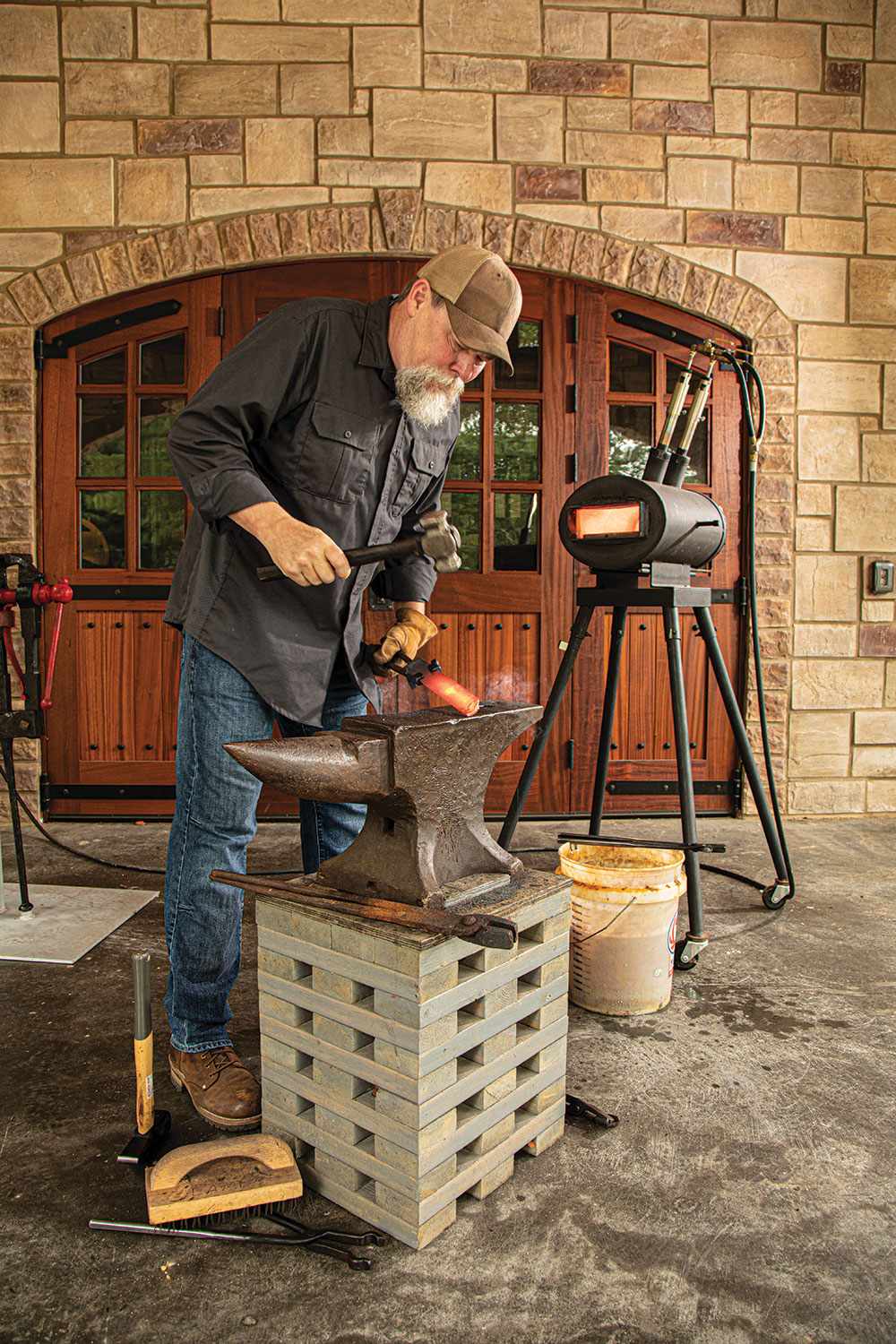
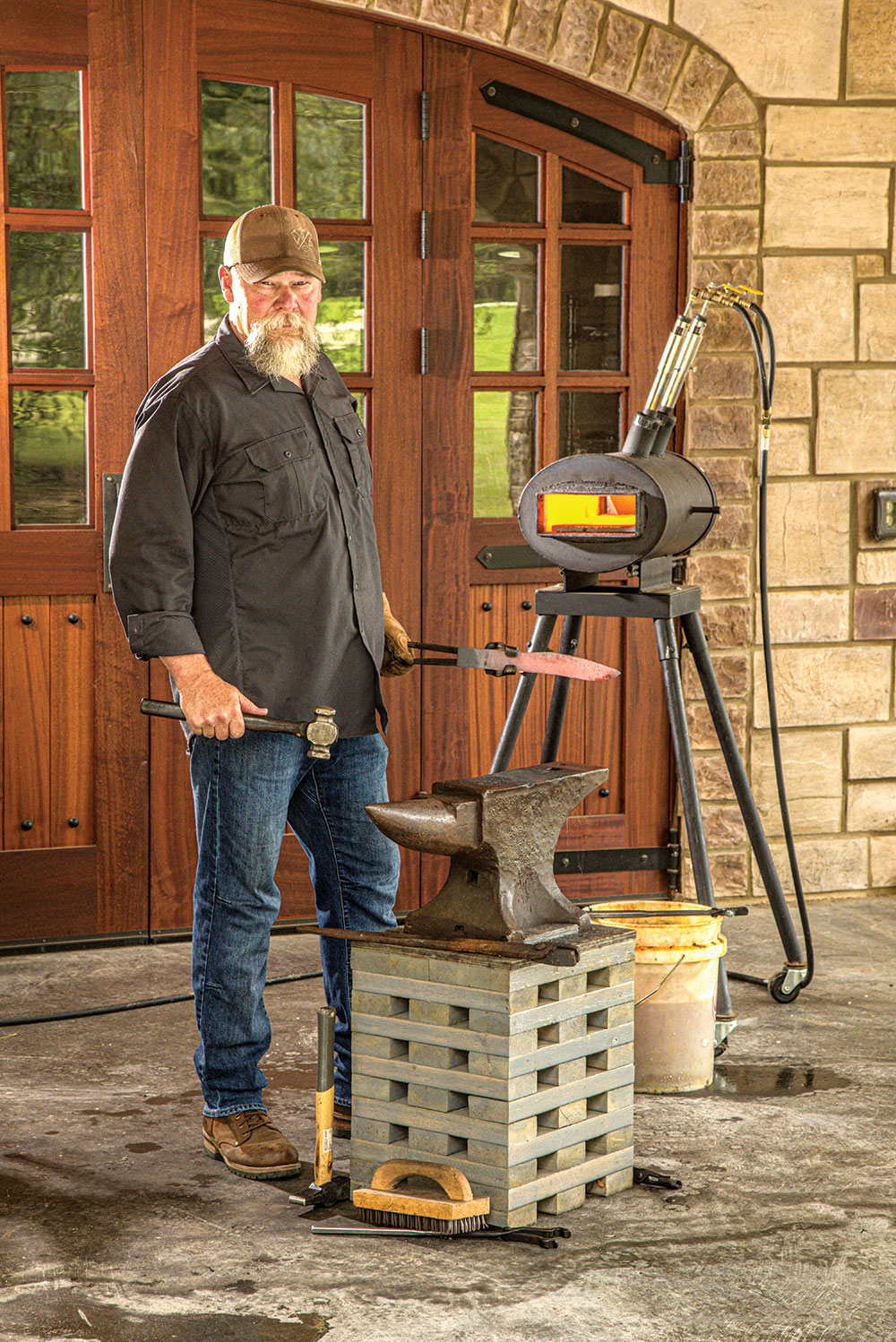
Finally, Lamb offered that VTAC has a new partnership with VERTX. He said he’s pleased, because they aren’t trying to make tights for dudes or skinny jeans; rather, they’re creating low-visibility products that can actually be used. Lamb teased that these products might be available by the end of the year or around SHOT Show in January 2022.
“’We’ve been lucky to have partnered with really good companies. We’ve been part of that and have been able to help in the evolution of some of their product lines.’”
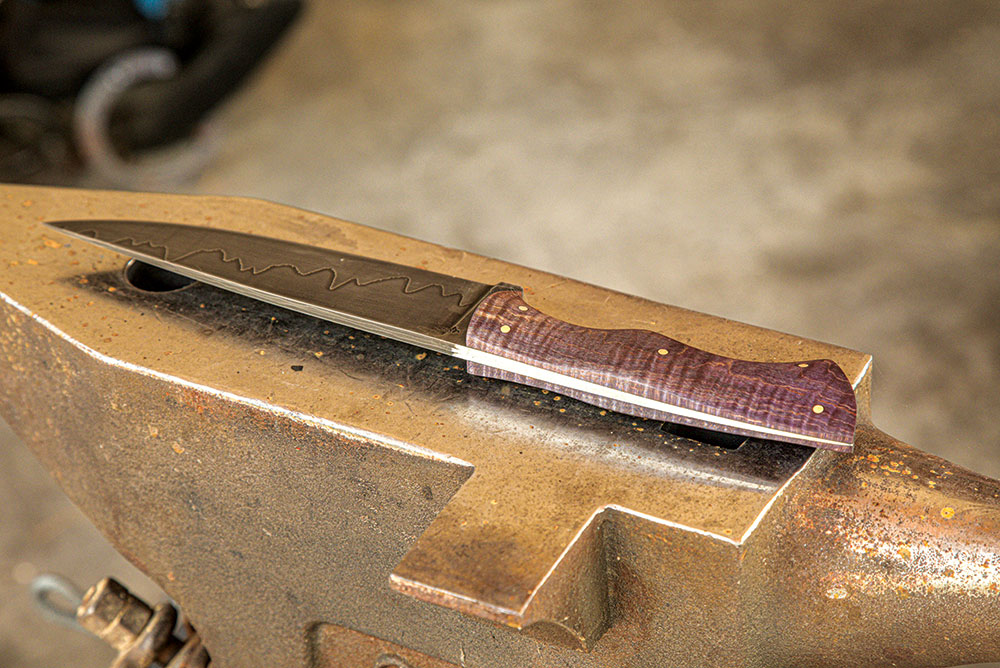
Lamb pointed out that there are challenges to getting involved with product development. He doesn’t want to make “me too” products, noting that a lot of times, you’ll see gear that was designed by “tactical wizards” for a problem that doesn’t exist.
Lamb admits to having ideas for products that weren’t “home runs,” but he added that you can’t fall in love with your own ideas: You have to get the products out there and have honest people give you feedback. Then, you listen to that feedback and implement improvements based on what you hear.
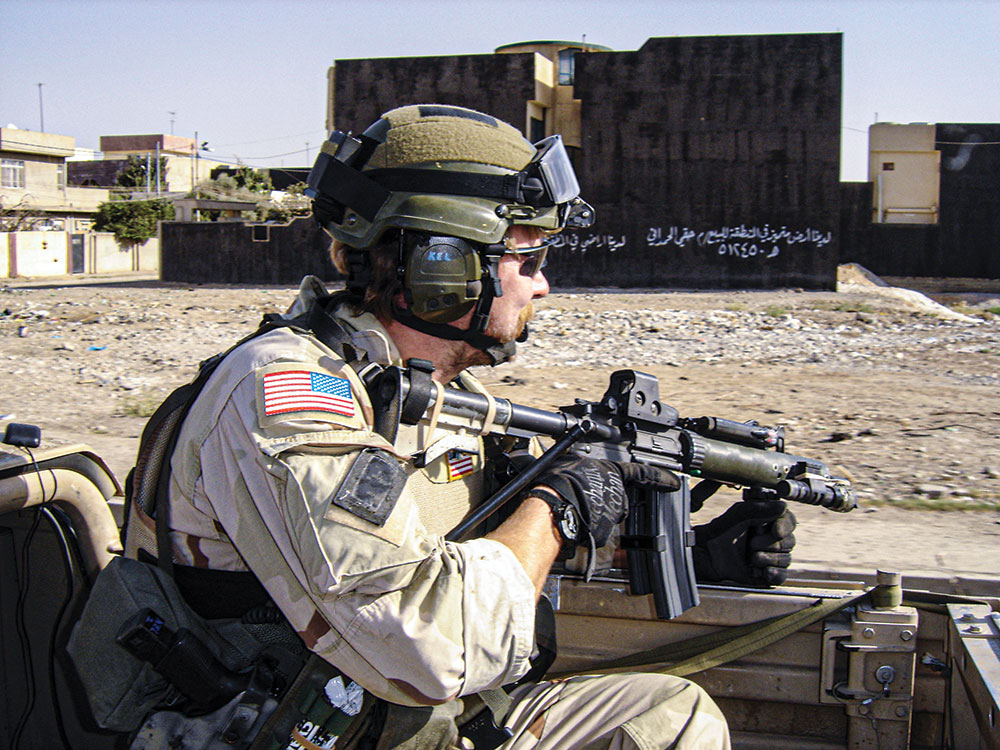
According to Lamb, the essence of product creation is looking at a problem and finding the best way to solve it. He offered the VTAC LPSM (low-profile sling mount) as a perfect example of this philosophy and approach.
Lamb explained that while shooting with Special Operations around barriers or over vehicles, he would lay his weapon on its side to make maximum use of cover while maintaining accurate fire. Shooting from this position is called “junkyard prone.”
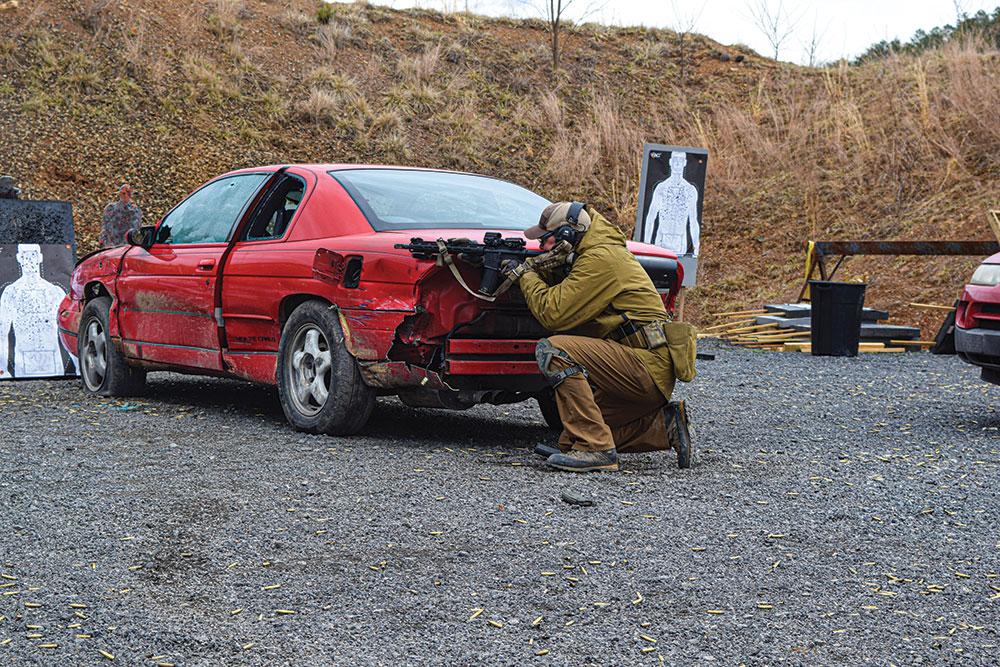
He said that previous iterations of the sling attachment would stick out 1.5 to 2 inches from the side of the rifle. This caused the shooter to have to raise their head the same amount to compensate for the offset. He emphasized that 1.5 to 2 inches might not normally be a big deal, but to those who’ve been shot at a bit, “it’s a big deal—especially when it’s your face that’s exposed.”
The LPSM was born as a result, allowing shooters to engage from a safer position.
Beneficiaries
Whether it’s from a battle belt, a knife or a sling mount that allows us to return fire with minimal exposure from behind cover, Lamb’s “been-there-and-done-that” acumen makes real-world, tactical sense. He’s admittedly a big fan of innovation and competition, noting ultimately that the consumer benefits the most from these practices.
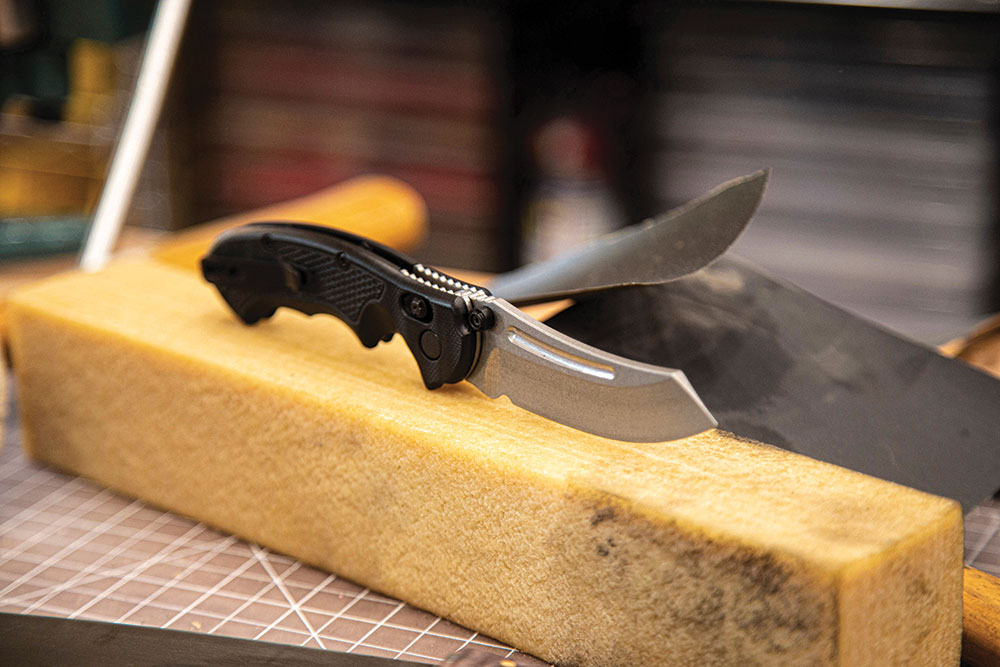
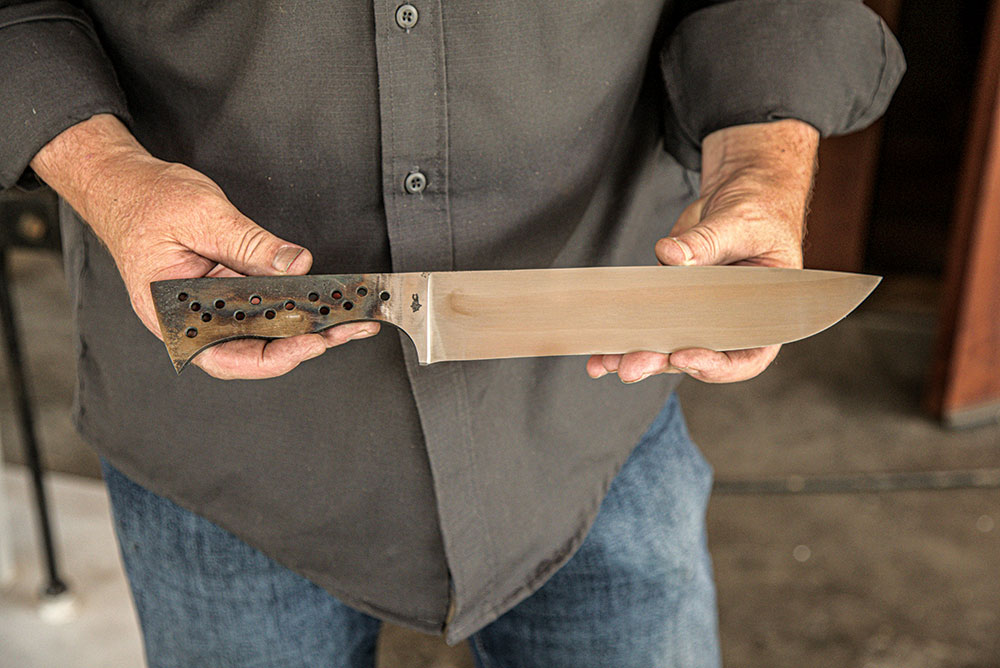
Respectfully, he isn’t “smoking his own brand” either. If he creates a product, he tests it out and has other folks provide honest feedback. From an early age, Lamb learned the value of solving his own problems with creative solutions and then testing and evolving those approaches to make them even better.
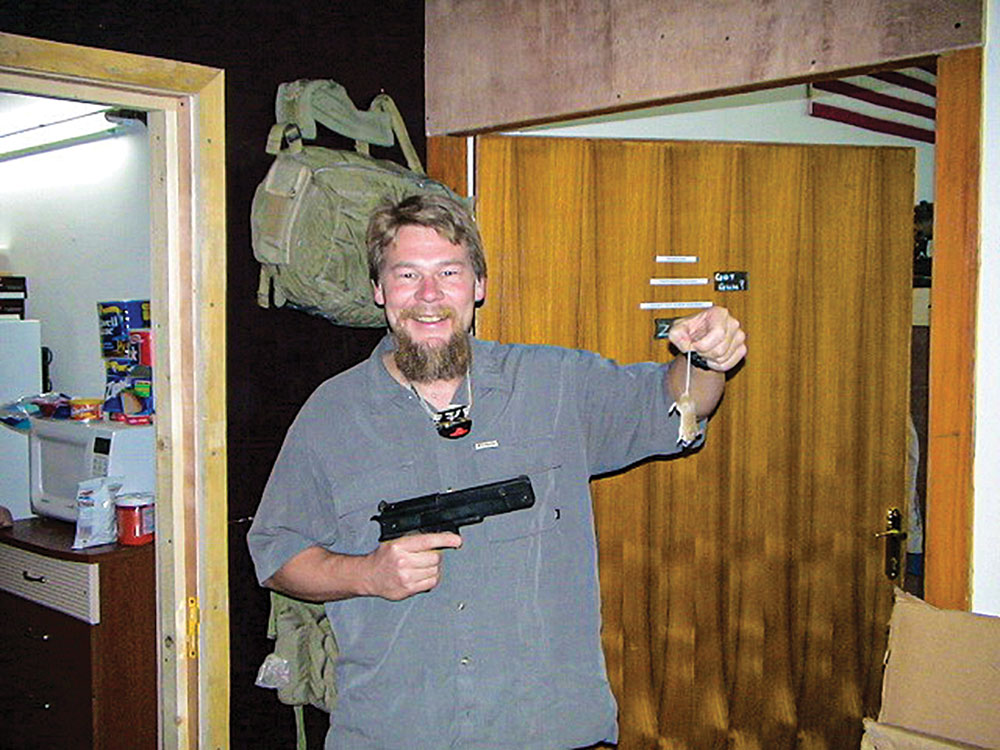
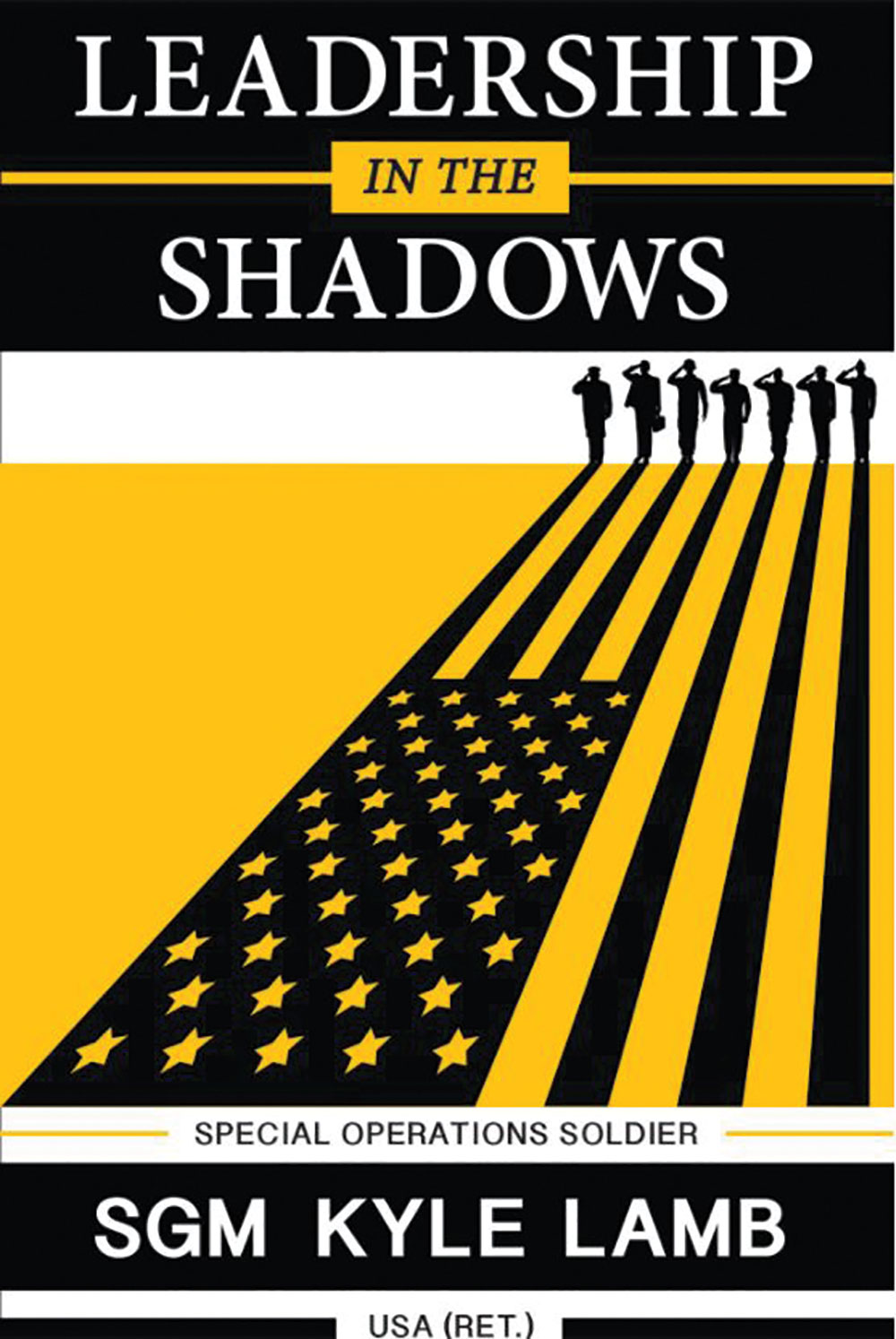
With more than 21 years in the Army—more than 15 of which were with Delta Force, serving in operations, such as Desert Storm and Desert Shield, and in other theaters, such as Somalia, Bosnia and Iraq—the gravitas of VTAC’s products is weighty, indeed. We’re all beneficiaries of Kyle Lamb’s service … particularly when it comes to solving problems that involve someone shooting at you.
The VTAC Mission
What qualities do VTAC products need in order to merit the VTAC logo?
The product—
- Must help the customer.
- Must solve a problem.
- Must have a function that helps the customer be more successful.
Stay in the Fight Foundation
Lamb advised that people research organizations they donate to because not all of them are as helpful as they might seem on the surface.
The Stay in the Fight Foundation (a recognized 501(c)(3) organization) is dedicated to helping people who find themselves in crisis and in need of food, shelter, clothing and other essentials. Lamb said the charity came about when he realized that there was often a gap between services for folks who acutely found themselves in need. One hundred percent of the money taken in by he Stay in the Fight Foundation goes to helping people. There are no administrative fees, and the Lambs don’t take any pay.
The foundation can be accessed through the VTAC website: VikingTactics.com.
SOURCE
Viking Tactics
VikingTactics.com

